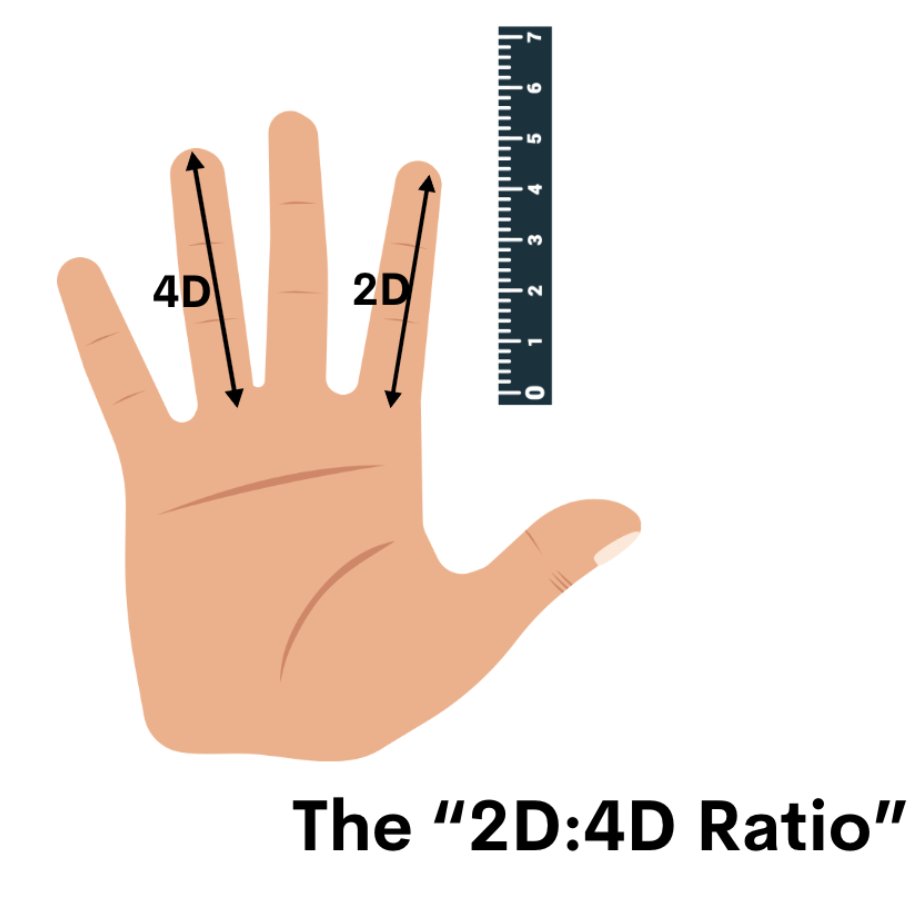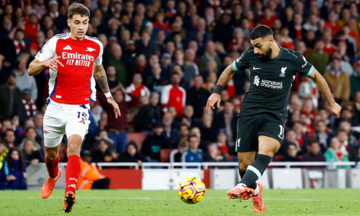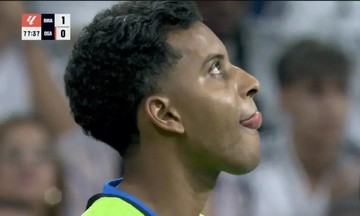While runners often focus on footwork and stride technique, few consider that finger length could reveal endurance potential. However, new research from the University of South Australia and the University of North Dakota suggests this may be worth considering.
Through a meta-analysis of over 5,000 people across 12 countries, the research team found that the ratio between the index and ring fingers – called the 2D:4D ratio – may offer clues to long-distance running potential.
Published in the American Journal of Human Biology, the results show that those with a longer ring finger relative to their index finger (i.e., a lower 2D:4D ratio) tend to have better endurance running capabilities – thought to be linked to prenatal testosterone exposure.
 |
The ratio between the index and ring fingers, called the 2D:4D ratio, may predict running ability. Photo: Squarespace |
The ratio between the index and ring fingers, called the 2D:4D ratio, may predict running ability. Photo: Squarespace
The 2D:4D ratio compares the length of the index finger (2D) to the ring finger (4D). A lower ratio, where the ring finger is longer than the index finger, is believed to reflect higher prenatal testosterone exposure. This early hormonal environment can have lasting effects on the cardiovascular system and the ability to adapt to physical stress later in life.
In the study, runners with lower finger ratios were often able to maintain high-intensity exercise for longer periods before experiencing fatigue—a characteristic known as exercise tolerance. This is not a determinant of speed, but rather the ability to persevere when the body begins to tire—a key factor for marathon runners.
Bethany Gower, a member of the research team, noted the link between finger ratio and endurance is "significant in terms of both performance and athletic potential".
The research team suggests the 2D:4D ratio could be a simple indicator for predicting the ability to adapt to endurance training. Checking is easy: simply straighten your hand and compare the length of your index and ring fingers. If your ring finger is longer, you have a lower ratio—a characteristic associated with better exercise tolerance.
Of course, finger ratio cannot replace training, perseverance, or proper recovery, but it offers a new perspective on how each person's body is "pre-programmed" to respond to endurance sports. For some, the advantage may have started in the womb.
Hong Duy (Canadian Running Magazine)












